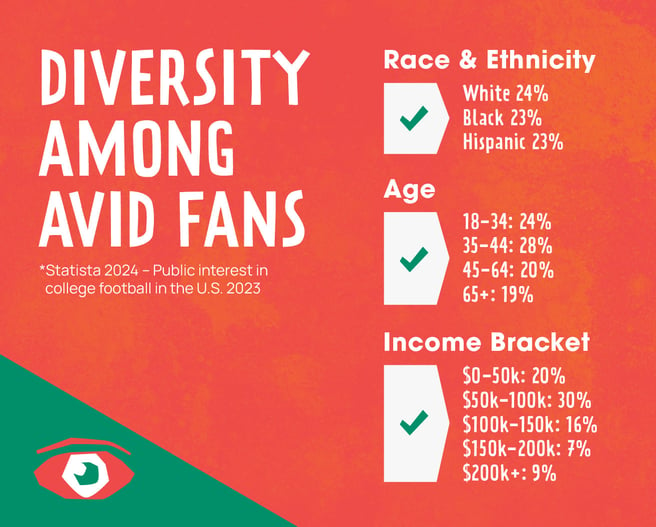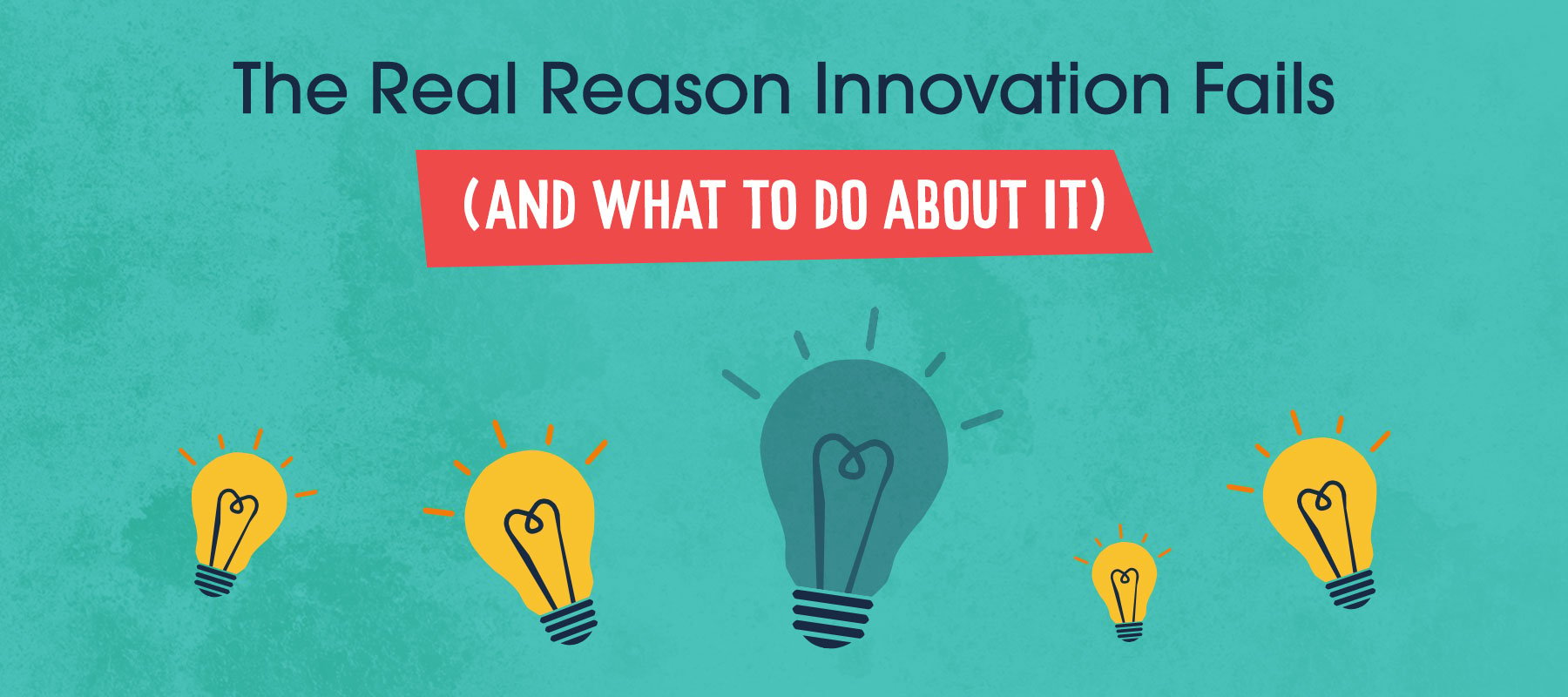2 min read
Using Segmentation to Improve Sponsorships & Activations
 Ron Reisman
:
Apr 4, 2024 5:16:41 PM
Ron Reisman
:
Apr 4, 2024 5:16:41 PM

What do you think of when you hear the phrase “diverse sponsorships?”
If you work in marketing, you probably think of a sponsorship portfolio spanning a diverse mix of industries and properties. And when it comes to reaching a broad audience, that’s a good thing.
But how often do we think of diversifying our sponsorship strategies to reach a more precise audience? I’m talking about iteration and segmentation—a concept that is often overlooked, but which could have a tremendous impact on a marketing plan’s success.
First things first: what does “iteration by segmentation” mean? It is the process of building an activation strategy by breaking down your audience into smaller subgroups to allow for more refined and targeted messaging.
It uses a common framework that is then customized and optimized to reach particular audiences. And that practice can serve as a strong foundation for brand sponsorships.
Entering into a sponsorship with a property gives you access to a group of people with a common passion—namely, whatever that brand or property does, sells, or promotes. But there are subsets of people within that group who, like every aspect of life, consume and experience that property’s content differently based on a multitude of factors: race, gender, culture, age, socioeconomic status, etc.
Take college football, for instance. According to a recent Statista study*, there’s more diversity among Avid Fans than what some may think:

*Statista 2024 – Public interest in college football in the U.S. 2023
So, while it is critical to any sponsorship strategy to build a common theme, engagement strategy, and set of objectives, an activation plan should consider a basic, yet critical 2-step process:
- Based on what you know about the property you’re sponsoring and the people who engage with it, divide the broader audience into smaller, more specific segments. Then, assess those segments to determine which would most likely engage with, consider, and purchase your own brand/product.
- Activate sponsorship benefits by iterating your engagement concept based on what would most resonate with those audience groupings. Examples may include:
-
- Feature different personalities (athletes, coaches, musicians, etc.) in collateral materials and ads that most align and resonate with each audience grouping.
- Create variations of materials like e-blasts using different language and tones.
- Produce consumer events in such a way that you can use a core set of assets, but keep it modular enough to allow for varying, target-appropriate experiences (ex: rock- vs. hip-hop-themed experience; American cuisine vs. Mexican cuisine; etc.)
Iteration by segmentation is a common practice at the brand campaign level, but it isn’t carried over into the sponsorship space often enough. But by applying the same principles of diversity and precision marketing, you can improve your ROI and connect more meaningfully with your target audience.

The Real Reason Innovation Fails (And What to Do About It)
Innovation is essential for long-term growth. Yet despite big investments and bold ambitions, many companies continue to fall short. Why? Because...
.jpg)
The Behavioral Science Secret to Marketing That Actually Changes Minds
More marketers today talk about behavioral science (BeSci) than ever before, but many are missing the real opportunity. Most use BeSci to improve...

